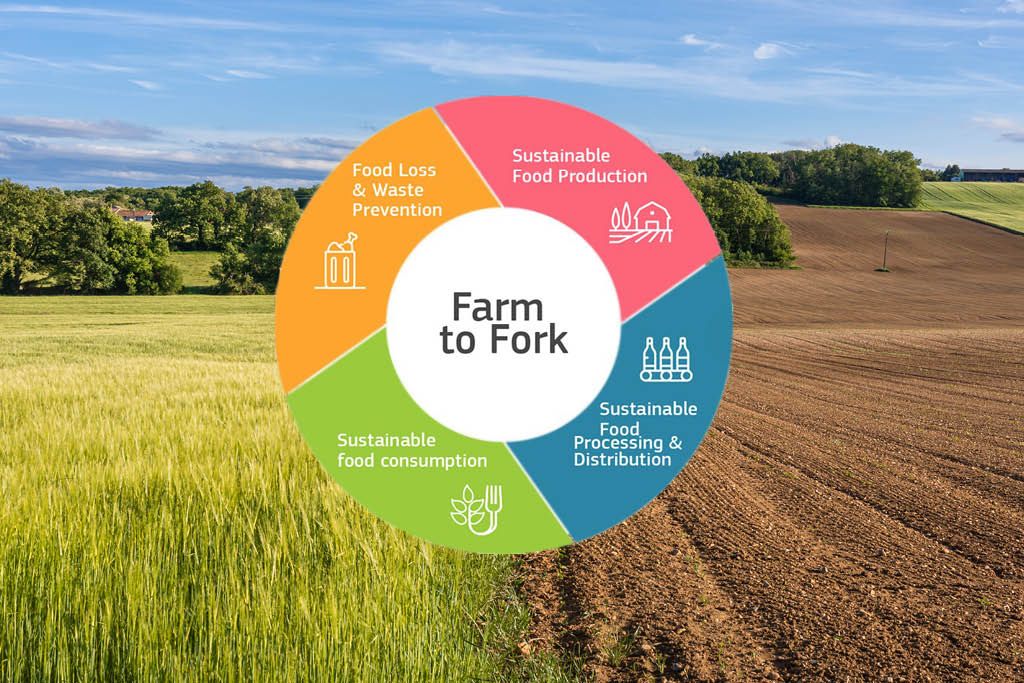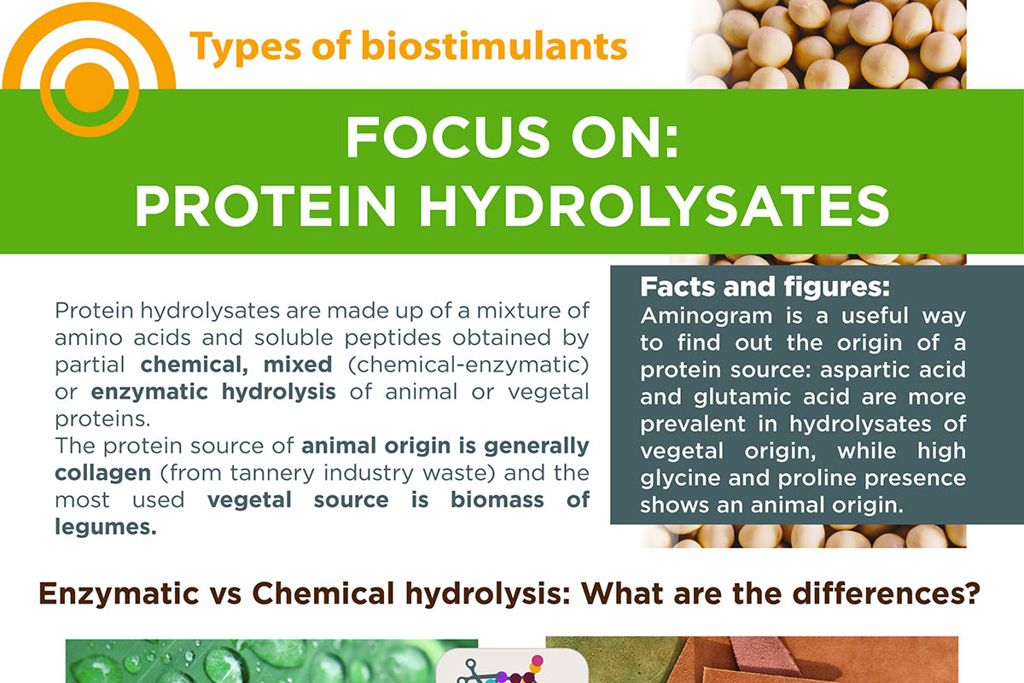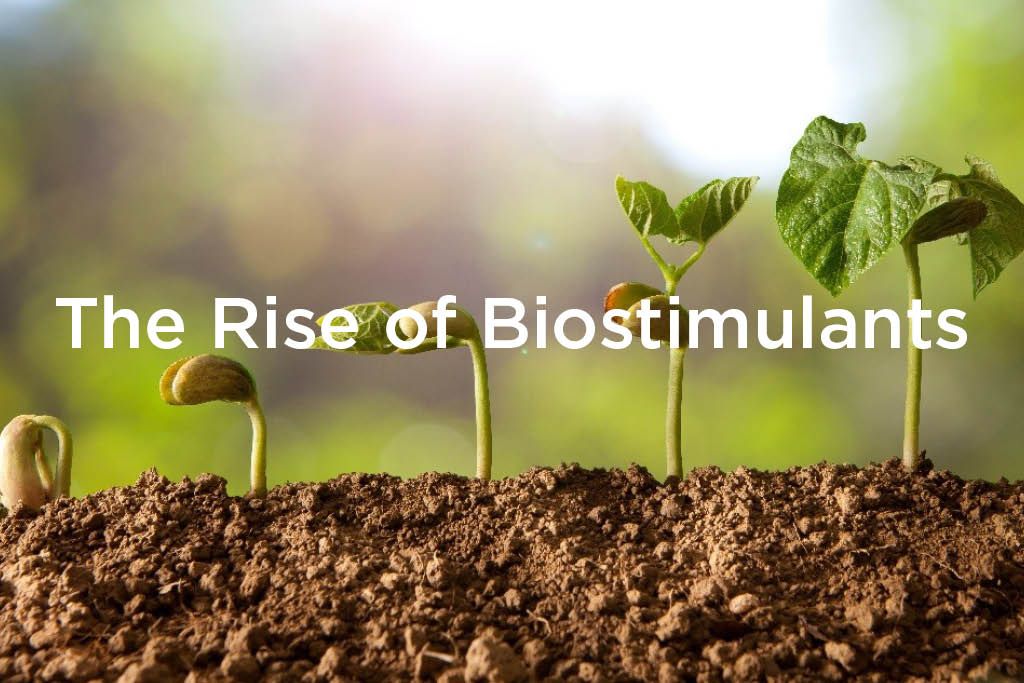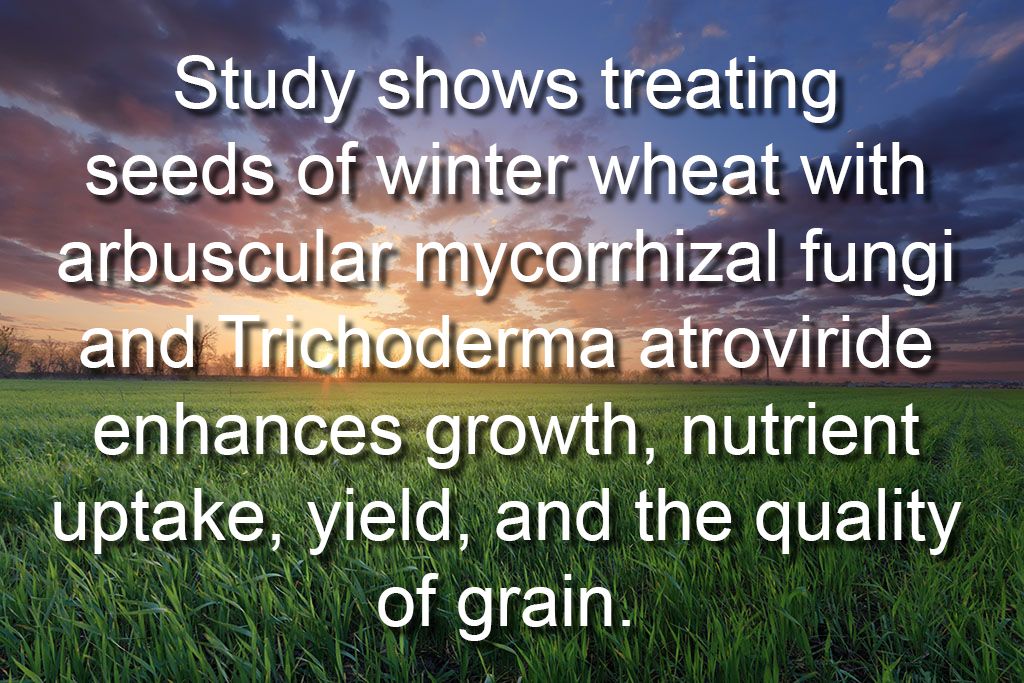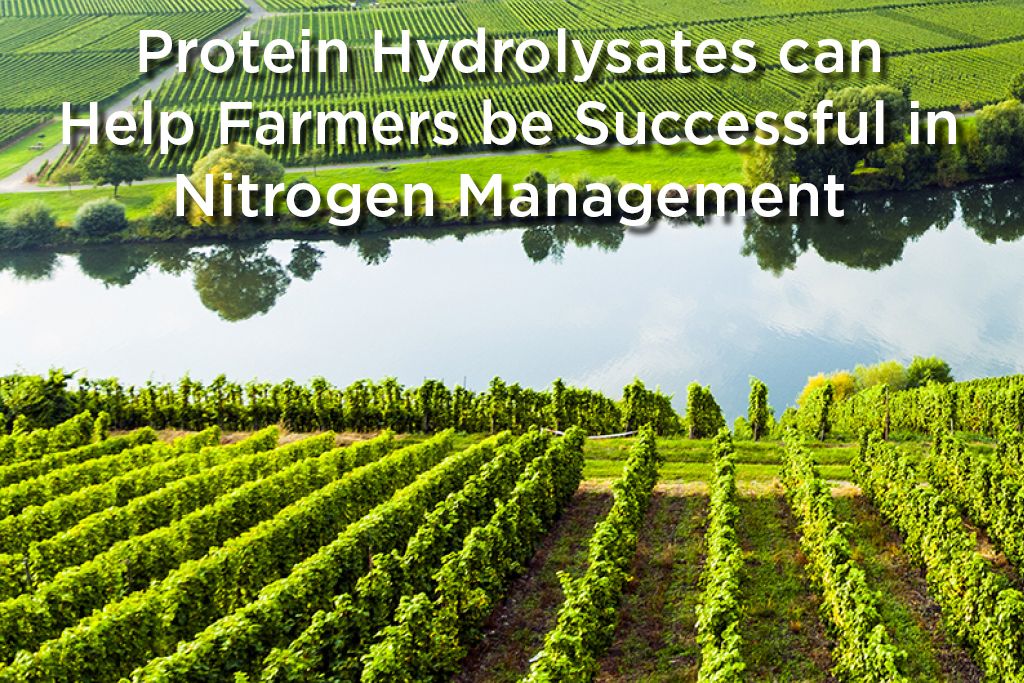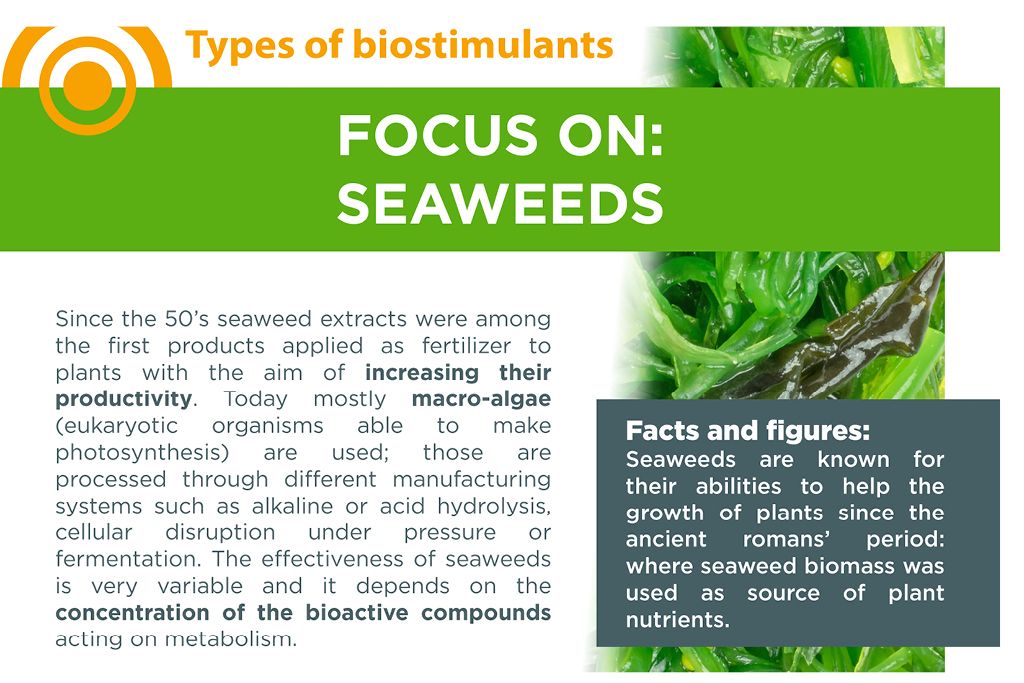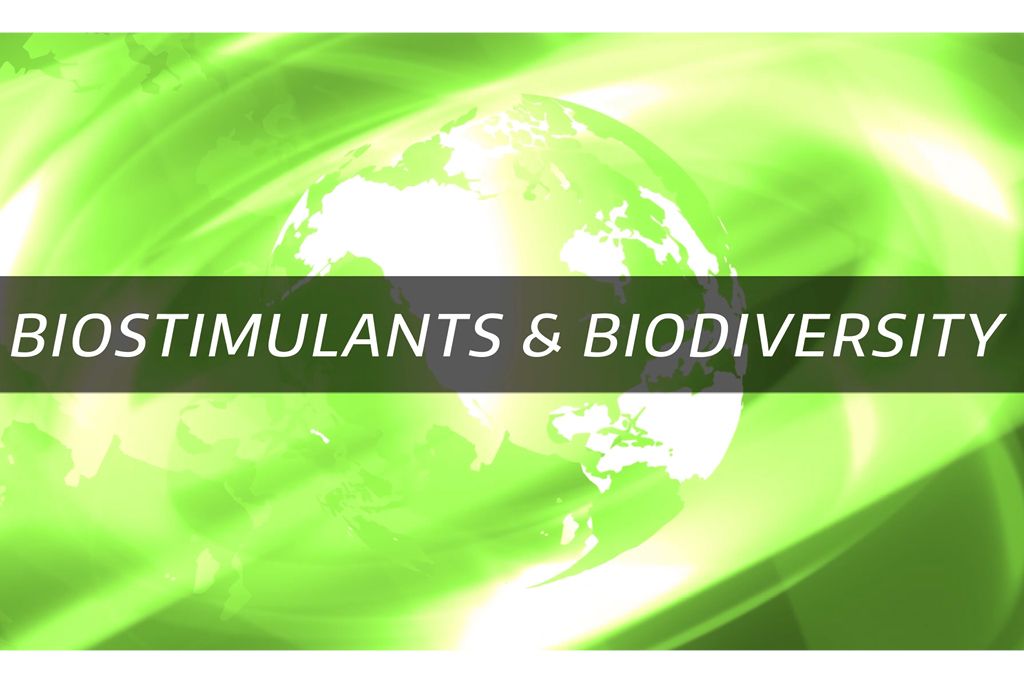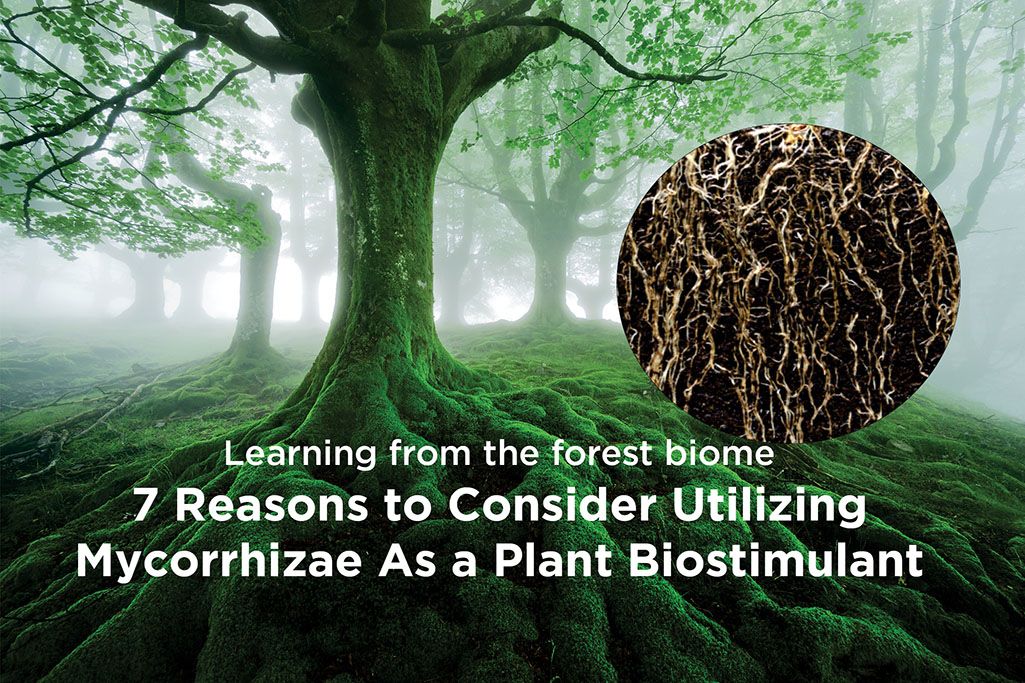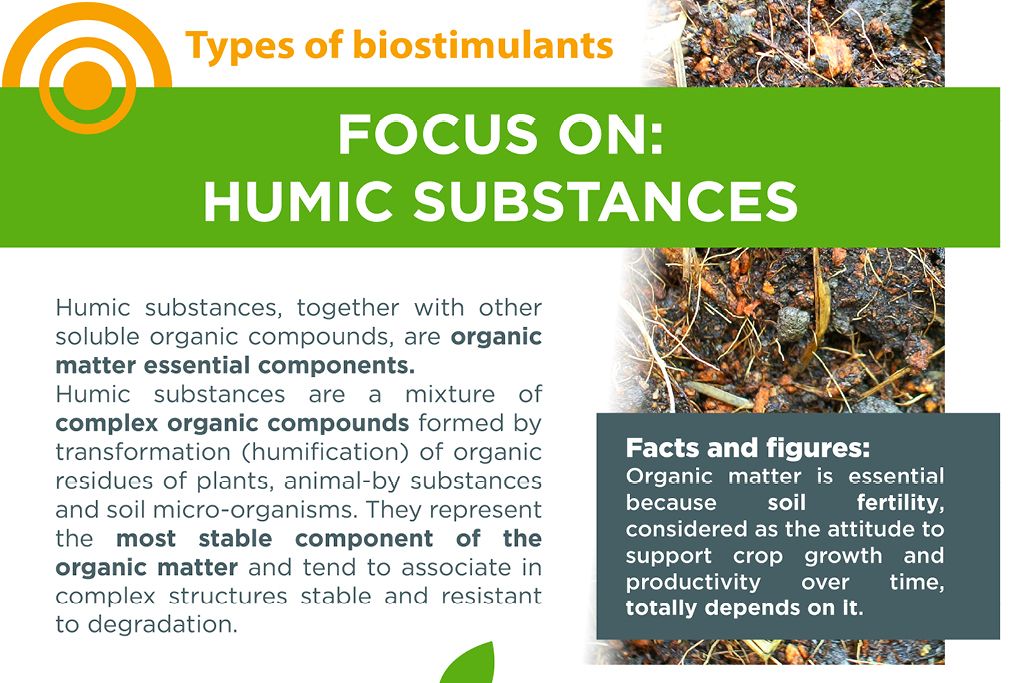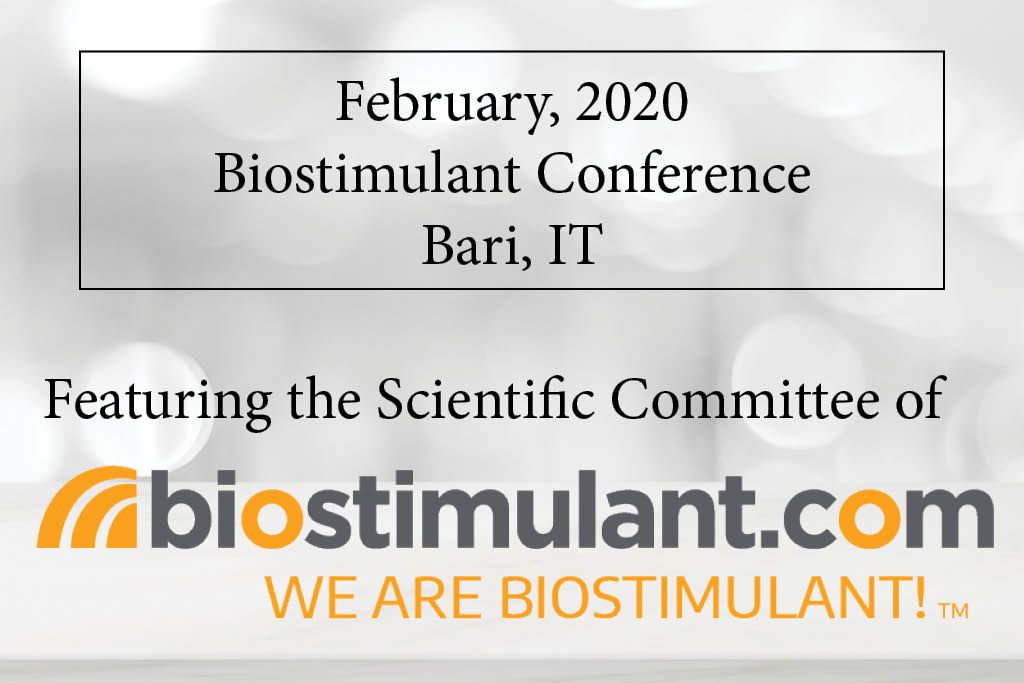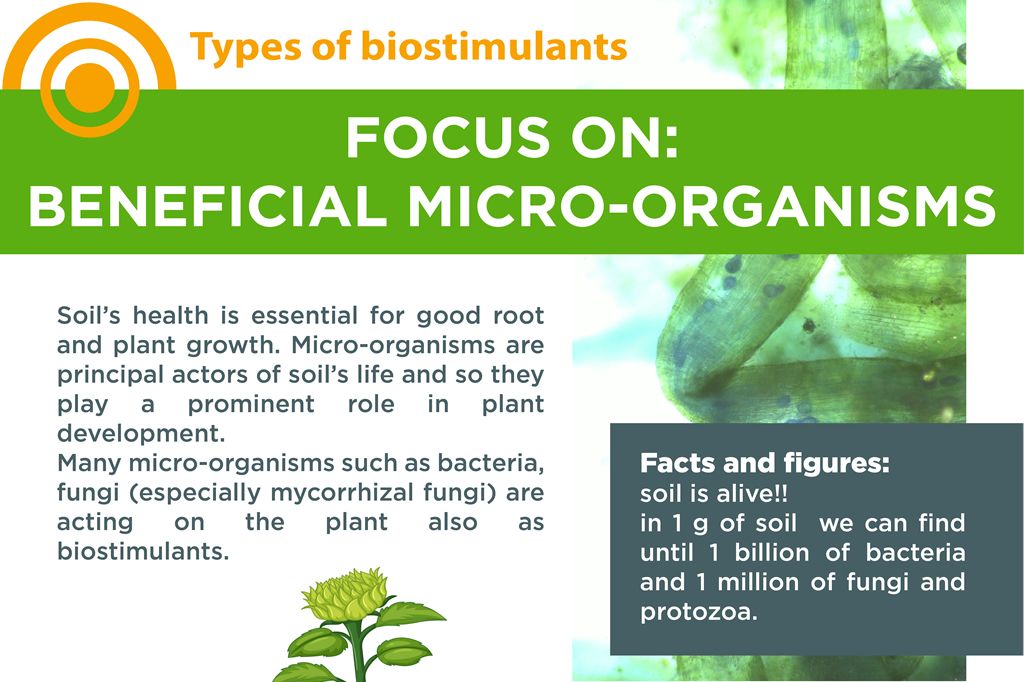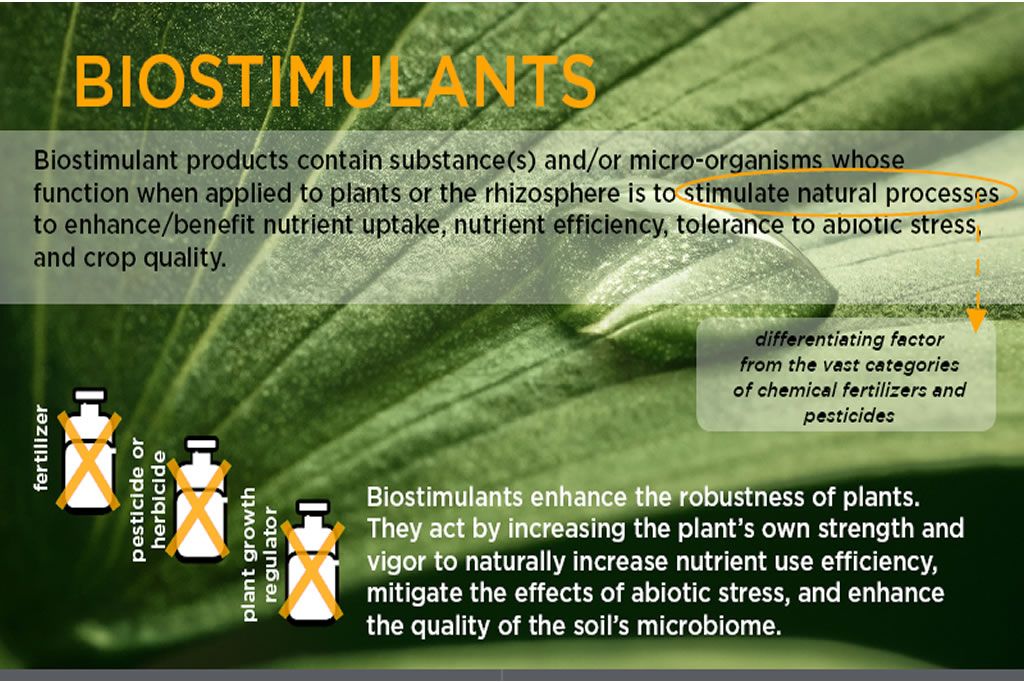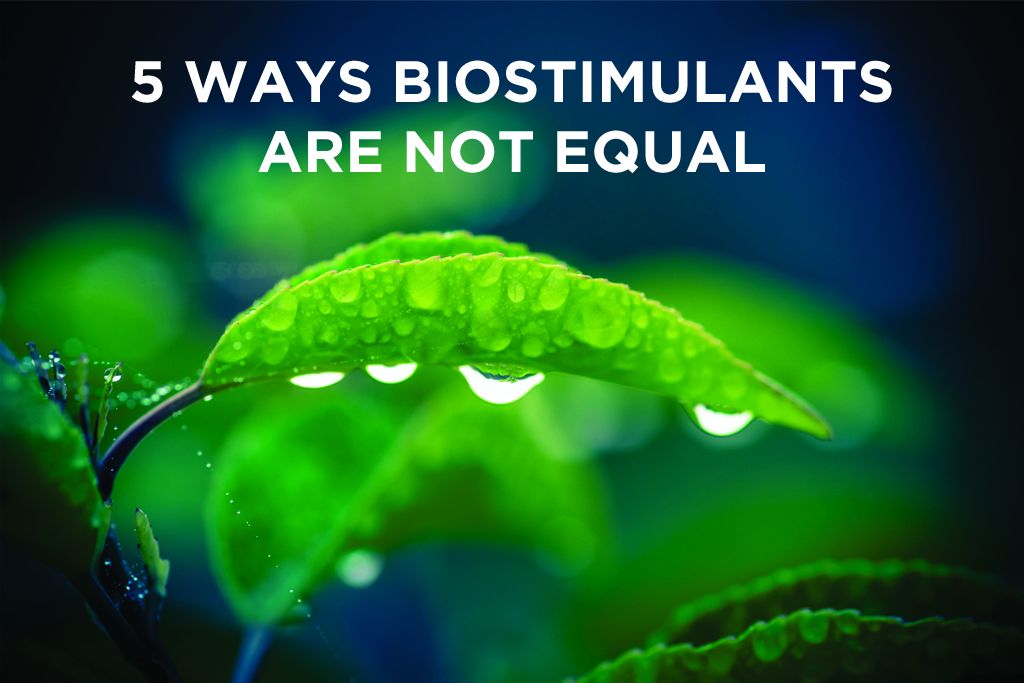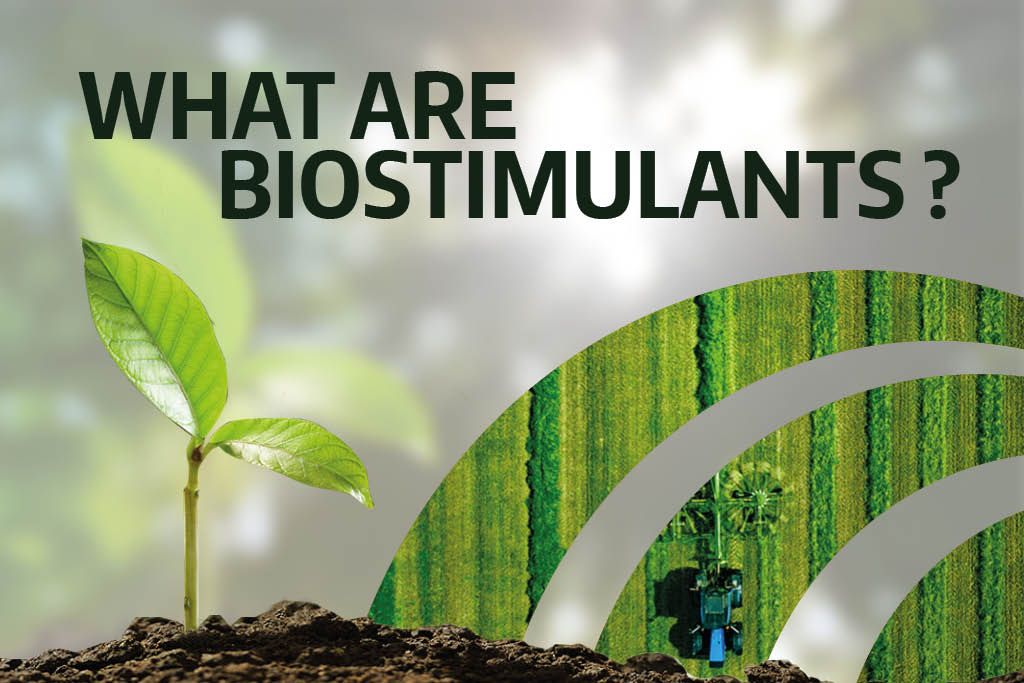BLOG #39
Biostimolanti Conference 2023: physiological, applicative, and regulatory aspects of biostimulants
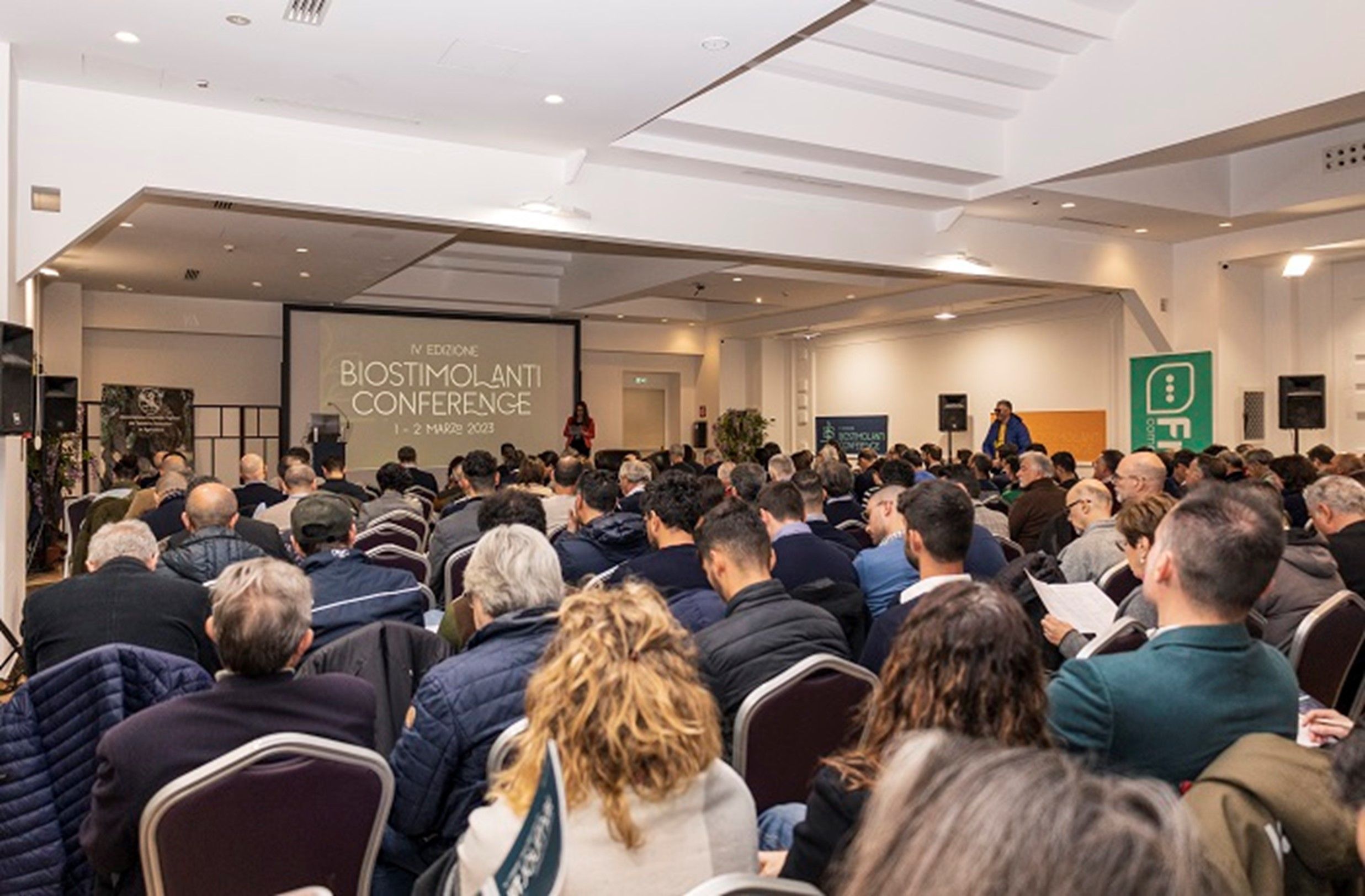
Source: uvadatavola.com (https://www.uvadatavola.com/biostimolanti-conference-slide-e-foto-della-2-giornata/)
The Biostimolanti Conference has reached its fourth edition this year. It is the most important event in Italy, for the transfer of information from research laboratories to manufacturing companies and users, farmers.
The objective of the IV Biostimolanti Conference, which was held last March 1 and 2 in Catania, was precisely to allow operators in the sector to deepen the physiological, applicative and regulatory aspects of this category of products.
During the two days, 21 academic and institutional speakers and 28 representatives of multinational companies producing biostimulants took part. As biostimulant.com we were present with two members of our scientific committee.
Evaluation of the agronomic, economic and environmental effects of biostimulants
To communicate the many advantages and multiple effects of biostimulants to farmers is necessary to transform the information into an assessment of the effects at agronomic, economic and environmental level.
To evaluate the effects at agronomic level, there are a number of very useful technologies that allow us to measure, for example, the resource use efficiency such as water and fertilizers. Furthermore, the crop can be monitored even when it is in progress, through non-destructive measurements such as spectral indices and absorption bands of the leaves at specific wavelengths, leaf temperature or stomatal conductance, systems that allow us to know the health of the crop. Or even through analysis or destructive measurements, which make it possible to better understand the effects at physiological level, such as the calculation of the leaf water potential, the water content in the leaf discs and the measurement of the ionic concentration.
Instead, to evaluate the environmental benefit, it is possible to calculate the carbon footprint of a biostimulant, the amount of greenhouse gas generated by each product unit. To do this, Life Cycle Assessment Technology can be used.
A research focused on the environmental evaluation of the biostimulant action of mycorrhizal fungus Glomus intraradices and of a protein hydrolysate of vegetal origin on two horticultural crops in greenhouses, spinach and courgette, in different fertilization levels.
The CO2 equivalent emissions of both crops have been reduced thanks to the applications of biostimulants. In particular, the effect of mycorrhization reduced emissions by 8-12% on zucchini and up to 24% on spinach.
The last aspect is the impact on the company’s profitability for which it is possible to calculate economic efficiency indices.
In fact, the gross operating margin can be calculated as an indicator of the profitability of the crop given by the value of production minus the costs of raw materials, services and labour. In the case of a crop treated with a biostimulant, it will be sufficient to add to the costs those deriving from the purchase and application of the biostimulant product.
To calculate, then, the economic advantage of using the biostimulant, it is necessary to subtract from the gross margin of the crop treated with the biostimulant that of the control, the untreated crop. This parameter must then be divided by costs linked to the biostimulant and thus efficiency indexes.
An analysis showed that on average from each euro of biostimulant a profit of 2.78 euro is obtained.
Effect of biostimulants on the nutritional value of vegetables
During the Biostimolanti Conference 2023 there were many contributions relating to the application of biostimulants in horticulture, mostly related to overcoming abiotic stresses and improving crop development.
However, a speech was also dedicated to the nutritional value of foods, a topic of particular interest in view of the increase in world population. We need more food but above all more nutritious food.
Biostimulants represent strategic products in this sense. In fact, various studies have already demonstrated that the application of some biostimulants on horticultural species can increase their nutritional quality but also reduce the presence of some toxic compounds like nitrates accumulated in leafy vegetables.
In these cases, biostimulants, in addition to acting on the stimulation of the primary metabolism of the plant which mainly deals with photosynthesis and therefore with the production of energy, also act at level of secondary metabolism by activating signal cascades which in turn stimulate the synthesis of beneficial compounds or help to reduce the accumulation of harmful substances.
In one study, crude extracts from the leaves and flowers of borage (Borago officinalis) were used to improve the yield and quality of lettuce. Borage extracts have been shown to enhance primary metabolism by increasing leaf pigments and photosynthetic activity and thus the fresh weight of the plant. However, flavonoids and total phenols and above all total proteins have also increased.
The same plant was used to evaluate in another study the role as a biostimulant in influencing nitrogen metabolism in wild rocket. At the time of harvest, the concentration levels of nitrates were measured in the leaves of the rocket and to characterize the mechanism of action also at molecular level. A significant reduction in nitrates was observed and gene expression was also affected by the extracts, with a more pronounced effect on genes encoding for nitrogen metabolism enzymes.
Regulatory issues
The new European Fertilizing Products Regulation (FPR) which came into force last year, for the first time gave a clear definition of what a biostimulant is. It also classified plant biostimulants into two different categories: microbial and non-microbial plant biostimulants. Another point in favor of the new Regulation is that it allows biostimulants to be mixed with other fertilizers without penalizing their identity.
However, even in the new FPR there are critical issues. First of all, the category of microbial plant biostimulants contains only 4 genera of microrganisms, very few compared to the potential ones.
Furthermore, although it is known that biostimulants can have multiple and diversified effects on the plant, the new Regulation does not allow biostimulants that also boast defense actions against plant diseases. This aspect places biostimulants in a different and clearly separate category from plant protection products.
The Biostimolanti Conference 2022 was organized by Fruit Communication and by the Apulian Regional Association of Technicians and Researchers in Agriculture (ARPTRA). The event was a great success, more than 600 in-person attendees and thousands of social media interactions. As Biostimulant.com we were pleased to participate in such an interesting and important event for the development of the sector.


